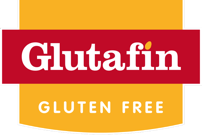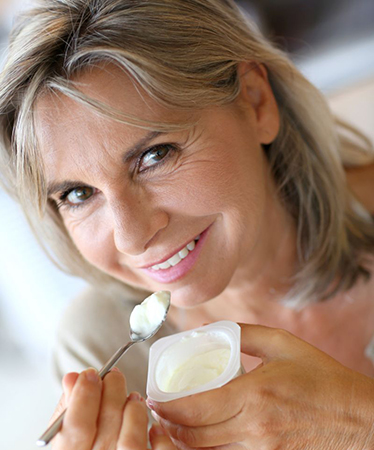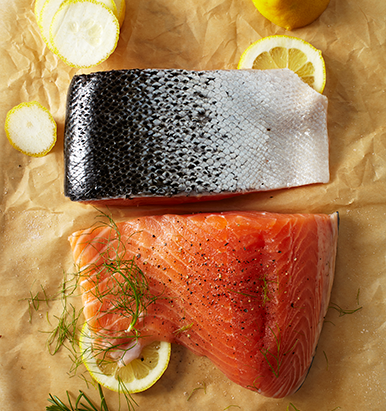
If you or someone you love has been recently diagnosed with coeliac disease, you could be eligible to receive gluten free foods on prescription. Simply select your country of residence, and, if you live in England, fill in your postcode to check if your area is prescribing.
Your country is prescribing gluten free foods*. Request your Glutafin Taster Box by clicking the button below to sign up.
* Please note: local policies are constantly updated, and issuing a prescription is at the discretion of your GP.

Osteoporosis is often described as a thinning of the bones that leaves them more prone to fracture, especially in the hips, wrists and spine.
As we get older there is an increased risk of low bone mineral density (known as osteopenia) and osteoporosis, and the risks are greater for women after the menopause. Osteoporosis is particularly common in people with undiagnosed coeliac disease due to the decreased absorption of calcium as a result of damage to the lining of the gut. Research has shown that low bone mineral density (BMD) can affect up to 75% of people when they are diagnosed with coeliac disease.
Bone health will usually improve after starting a gluten-free diet and it is important to stick to the diet to minimise the risk of low BMD and osteoporosis. It may be harder for women diagnosed with coeliac disease after the menopause to improve their BMD. However, for children with coeliac disease following a gluten-free diet, bone health is unlikely to be affected in the long term.
At diagnosis and follow up, your healthcare professional may recommend a DEXA scan to assess the state of your bone health.
Calcium is an important nutrient needed to ensure you have strong bones, helping to reduce the risk of osteoporosis. It is important for everyone to consume their recommend allowance of calcium each day. However, it is even more important for those with coeliac disease as there is a higher calcium requirement for this nutrient than the general population. This is because the damage to the lining of the gut in those with undiagnosed or untreated coeliac disease leads to less calcium being absorbed from the diet. It is recommended that adults with coeliac disease have at least 1000mg per day. A 200ml glass of milk or calcium-fortified plant-based alternative contains approximately 240mg of calcium.
Good gluten-free calcium sources include dairy products, tinned sardines, green, leafy vegetables, oranges and dried figs. When choosing dairy products, opt for low-fat options as these contain as much calcium but less saturated fat than full-fat versions.
We’ve compiled some simple tips to help you improve your calcium intake:

Vitamin D helps the body to absorb calcium from the diet. Most of the vitamin D is made by the action of sunlight on our skin. Foods rich in vitamin D include oily fish, eggs and fortified spreads and breakfast cereals. However, it is not possible to achieve an adequate intake of vitamin D from diet alone. Children over 1 and adults require 10 micrograms of vitamin D per day. In the autumn and winter months, when sun exposure is reduced, a daily supplement containing 10 micrograms of vitamin D should be considered. People who have little sun exposure and those from ethnic minority groups with dark skin should consider taking a supplement all year round. Seek advice about suitable supplements from a healthcare professional.
Exercise such as weight-bearing activities like walking, running and tennis can all help to maintain your bone density too. If you already have osteoporosis, choose gentler activities such as swimming, gardening and Tai Chi.
